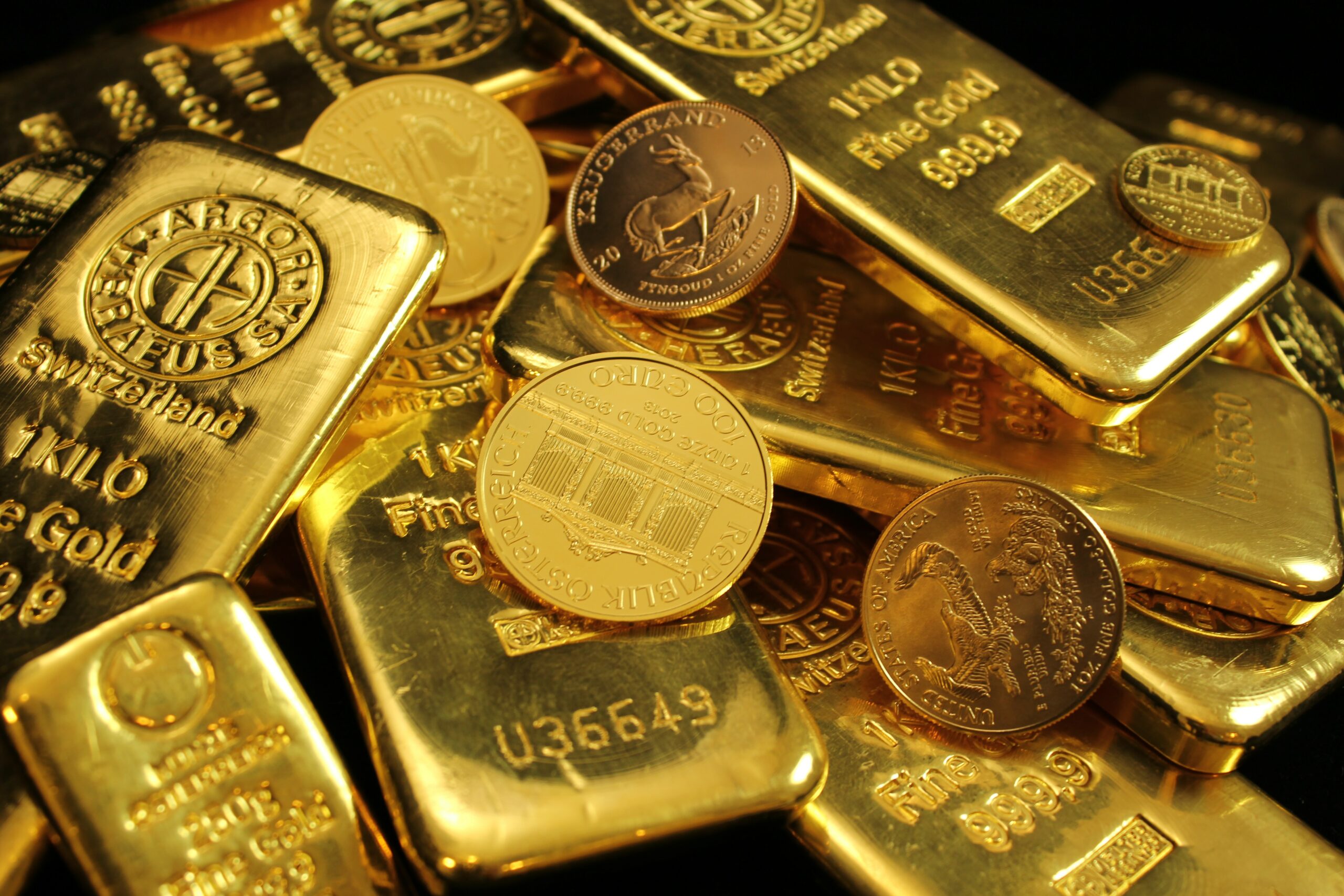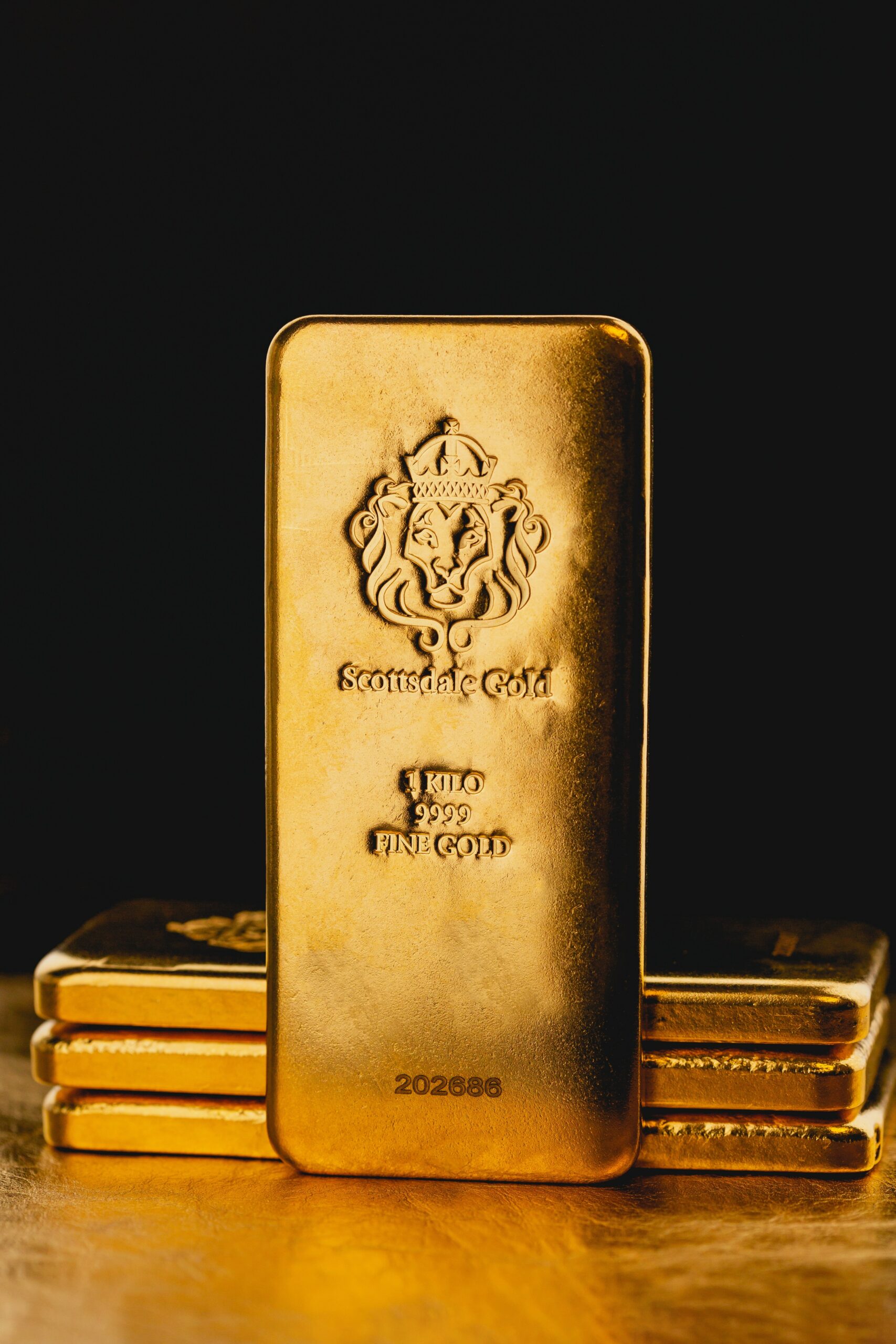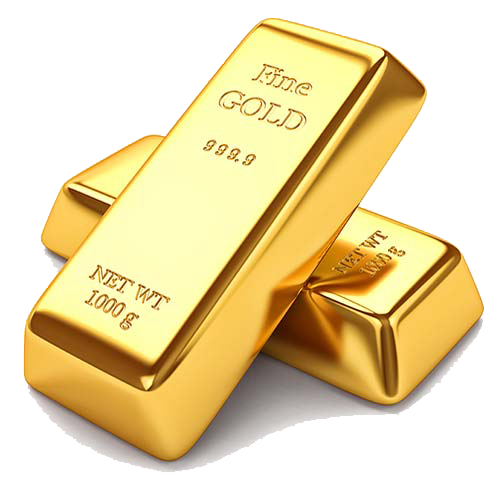Gold Price Today in Belgium
The price of gold and the way in which it is made are important concepts to know by anyone who wishes to sell or buy precious metals.

The price of gold and the way in which it is made are important concepts to know by anyone who wishes to sell or buy precious metals.

Indeed, its price varies according to different factors and its value is not fixed like that of a piece of jewelry found in stores. Thus, an independent entity sets the daily price of gold and, both investors and resellers can then rely on this quotation in order to adjust the amounts of their commercial transactions.
The use of gold as a market value in commercial exchanges dates back many centuries since coins from the 6th century BC were discovered in Asia Minor. History attributes to King Croesus the creation of these first pieces which were made of a natural alloy called electrum. Its composition was on average 75% gold and 25% silver.
If at that time the value of the coins was that struck on their face, the price of gold has since evolved due to its growing scarcity and the depreciation of currencies. Nowadays the price of gold depends on the meeting between supply and demand. Supply is defined by the evolution of central banks’ gold stocks but also the level of global production and the estimate of remaining mining resources. The demand for gold is mainly represented by jewelry, the banking sector which produces gold bars and coins but also the industry which uses it for the manufacture of electronic components.


Gold bars are one of the main gold products marketed for investment purposes. They represent a safe way to invest in gold which is, as we mentioned previously, a safe haven. They are not subject to VAT and are easily identifiable thanks to the printed serial numbers as well as their certificates which attest to their compliance with the “Good Delivery” rules set by the LBMA.In Europe, different companies have obtained certification to produce gold bars. Among them, Umicore is a Belgian company listed on the Euronext Belgium stock exchange. But there are also Swiss and German manufacturers. The varieties of ingots produced are distinguished by their mass and we find gold bars of 5g, 10g, 20g, 1ozt, 50g, 100g, 250g, 500g, 1kg and 12.5kg.

Like bullion, gold coins have always captivated investors. They come in a multitude of varieties, the value of which is determined not only by their weight (or “mass” to be precise) but also by their rarity. Unlike bars, each gold coin has a particularity linked to its mintage.For example, the 1787 “On Wing” gold coin is currently valued at around $2.5 million, while the 1849 “Double Eagle” fetches a dizzying estimate of $20 million.Beyond their historical significance, gold coins serve as tangible assets that can weather economic uncertainties. Investors often turn to gold coins as a hedge against inflation and market fluctuations, considering them a reliable store of value. The portability and divisibility of gold coins add to their appeal, making them a convenient and accessible form of wealth preservation.
The price of gold is set by the London Bullion Market Association which is responsible for defining the price daily. The LBMA is a new entity, created in 2015 to replace the London Gold Fixing. The London Gold Fixing was created in 1919 by the five largest buyers and dealers of gold: N M Rothschild & Sons, Mocatta & Goldsmid, Pixley & Abell, Samuel Montagu & Co. and Sharps Wilkins. Its role has since remained unchanged: to control, regulate and set the price of gold. When it opened, the price of gold in US dollars was $19.39 while today it is well over $1,200. Nowadays, it is the LBMA which is responsible for setting the price of gold for the four main international markets: London, New York, Zurich and Tokyo. Daily, five members of the LBMA meet to set the price of gold twice a day (10:30 a.m. GMT and 3:00 p.m. GMT). This is called “Fixing”. Their goal is to satisfy both buyers and resellers. Thus, as long as a consensus is not found, the rating is not fixed.
The price of gold fluctuates for different reasons. The main reason is that linked to the market: during the fixing, the president announces an opening price on which sellers and buyers position themselves. If the purchase amounts are not equal to the sale amounts, then the price is adjusted. It therefore varies.
But gold is a safe haven and that is why its price also varies depending on social-economic parameters. Thus, when the economic situation is unstable, investments tend to concentrate on this precious metal and demand explodes, causing the price of gold to increase.
Finally, we must differentiate between the price of spot gold and the price of gold futures. The spot price is the amount that will be immediately paid for the purchase of gold. The forward price is an amount which will be settled in the future, on a defined date. We thus find two prices which do not, however, represent a fluctuation strictly speaking.
The price of gold per gram depends on another mass measurement value: the ounce or, to be more precise, the troy ounce whose symbol is “ozt”. Its name comes from the town of Troyes, in the North of France, where it was used on market days during the Middle Ages. Since then, the troy ounce has remained the value used internationally to measure the masses of metals and precious stones. It is exactly 31,103 476 grams.
The price of gold is determined by the London Bullion Market Association (LBMA), which conducts daily fixings to set the gold price for major international markets, including London, New York, Zurich, and Tokyo.
The LBMA is responsible for controlling, regulating, and setting the price of gold. It replaced the London Gold Fixing in 2015 and convenes daily fixings where five members determine the gold price twice a day (10:30 a.m. GMT and 3:00 p.m. GMT).
The price of gold is fixed twice a day by the LBMA, at 10:30 a.m. GMT and 3:00 p.m. GMT. During these fixings, the goal is to reach a consensus between buyers and sellers to establish a mutually agreed-upon price.
The demand for gold is influenced by various socio-economic parameters. In times of economic instability, gold often becomes a preferred investment as a safe-haven asset, leading to increased demand and a subsequent rise in its price.
Yes, there is a difference between spot gold price and gold futures price. The spot price represents the immediate payment for the purchase of gold, while the futures price is an amount settled in the future on a predetermined date. Both prices contribute to the overall understanding of gold market dynamics.
The price of gold per gram is linked to the troy ounce, a unit of mass used internationally to measure metals and precious stones. One troy ounce is equivalent to approximately 31.103476 grams, and the price per gram is derived from the overall price of gold for one troy ounce.
Various historical factors, such as economic crises, geopolitical events, and changes in inflation rates, have influenced the price of gold. Understanding these historical trends can provide insights into gold price movements.
Gold is often considered a hedge against inflation. During periods of rising inflation, investors may turn to gold as a store of value, increasing demand and subsequently affecting its price.
Yes, there can be regional variations in the price of gold due to factors like local demand, currency exchange rates, and market conditions. While the LBMA sets the international benchmark, prices may differ slightly in different markets.